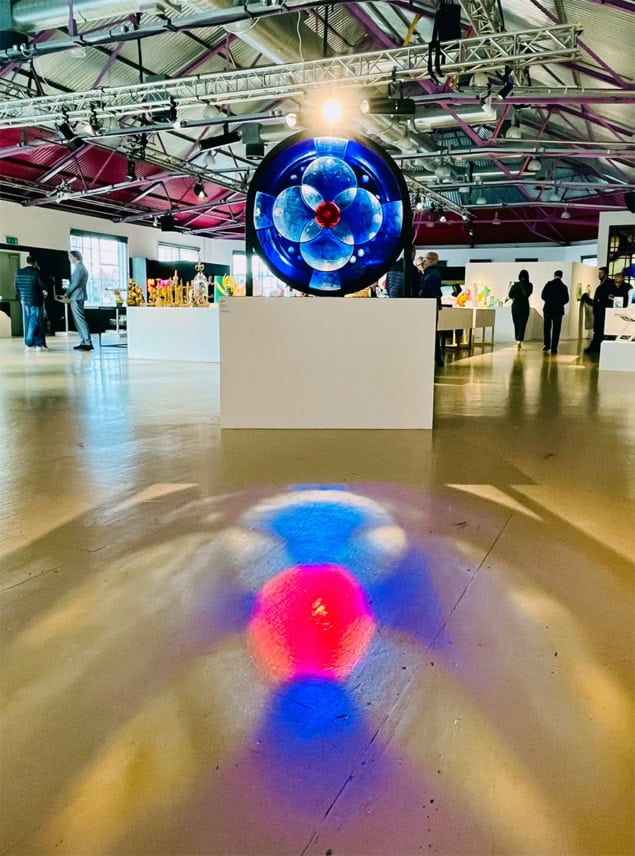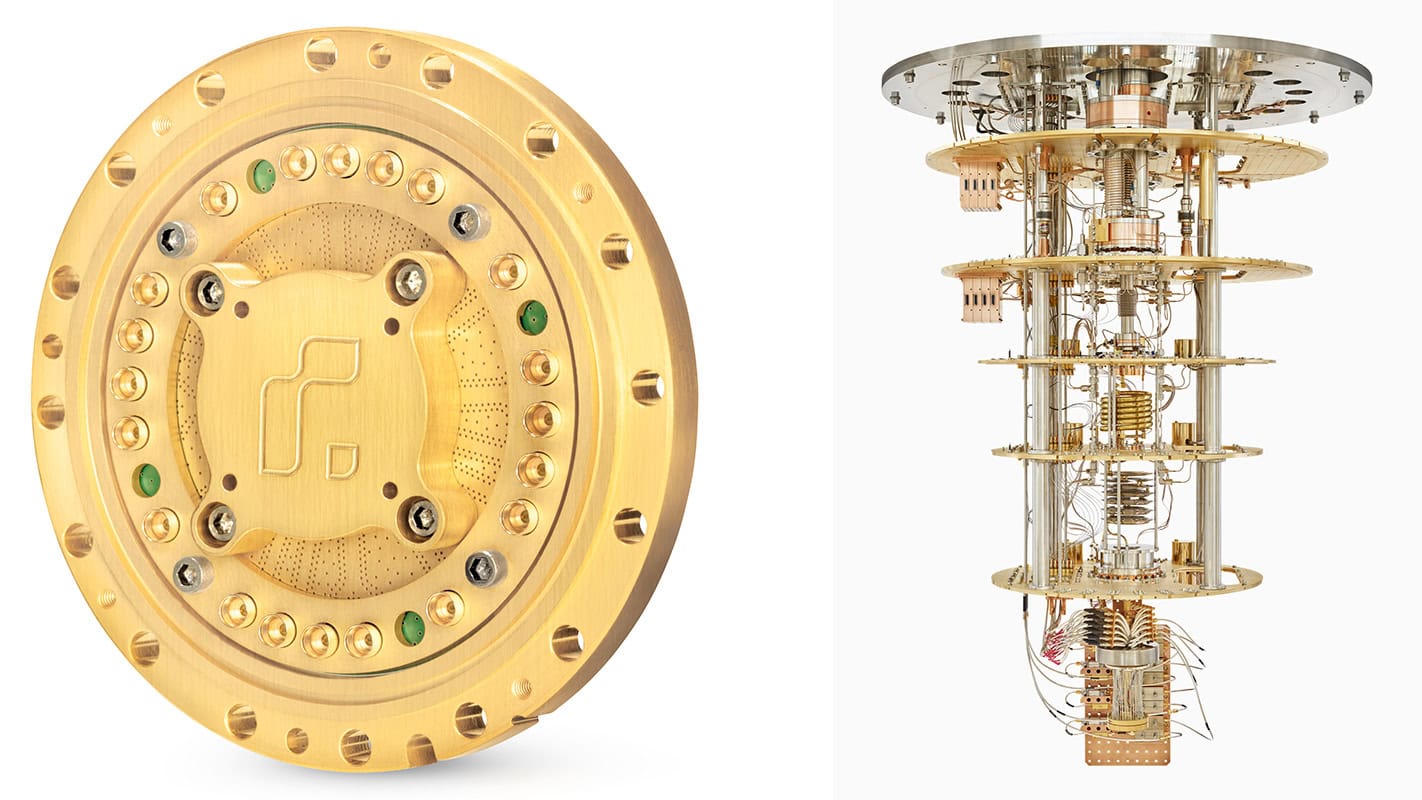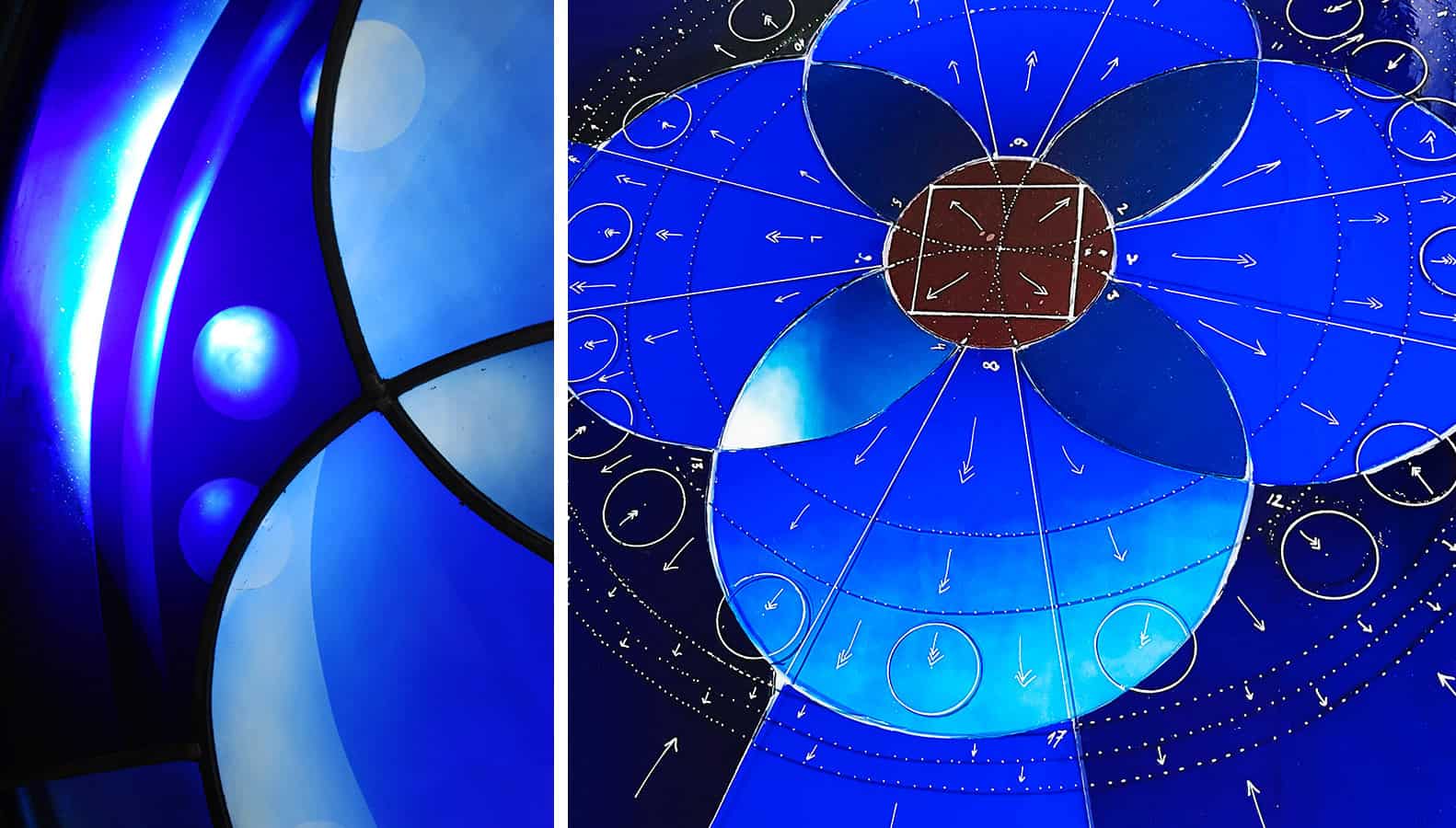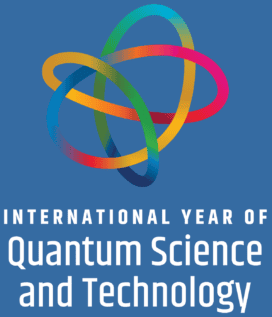Stained glass is the most “physical” of all art forms. If you’ve ever been inside Chartres Cathedral in France or York Minster in the UK, you’ll know how such glass can transform a building by turning sunlight into gloriously captivating multicoloured patterns. What you might not realize, however, is that centuries of scientific innovation have forged this form of art.
Byzantine glaziers started making leaded glass windows back in the 6th century CE before the technique spread widely across Europe. But our ability to stain glass only emerged in the 14th century when medieval alchemists found that coating glass with silver nitrate and firing it in a kiln gave the material a range of orange and yellow hues.
Later, a range of other techniques were developed to produce various decorative effects, with stained glass becoming both an art and a craft. Particularly important has been the use of hydrofluoric acid – a poisonous and highly corrosive liquid – to strip off the surface of glass, layer by layer, to alter its colour and thickness.
Known as hydrofluoric acid etching, the technique is widely used by modern architectural glass artists. Beautiful patterns can be created by altering the strength and temperature of the acid and varying the time for which the glass is exposed to it. Materials like wax, bitumen and lead foil can also be used as resists to leave parts of the glass untouched.
Like other “glass artists”, I am an experimentalist of sorts. We use an empirical knowledge of glass to make beautiful objects – and sometimes even make new discoveries
Like other “glass artists”, I am an experimentalist of sorts. We use an empirical knowledge of glass to make beautiful objects – and sometimes even make new discoveries. In fact, some historians say that hydrofluoric acid was first created in 1670 by a German glassworker named Heinrich Schwanhardt.
While treating a mineral called fluorspar with acid, he saw that the lenses in his spectacles went cloudy – prompting him to start using the same reaction to etch glass. Only much later – in the late 18th century – did chemists carry out “proper” lab experiments to show that flourspar (calcium fluoride) reacts with the acid to create what we now call hydrofluoric acid.
From the 19th century onwards, acid-etching techniques started to be used by numerous stained-glass artists and studios throughout Britain and Ireland. Dublin-born Harry Clarke (1889–1931) was the leading proponent of the hydrofluoric acid-etching technique, which he mastered in an exceptionally personal and imaginative manner.
Art of glass
I first came across acid etching in 2010 while studying glass and architecture at Central Saint Martins, which is part of the University of the Arts London. The technique intrigued me and I started wondering about its origins and how it works, from a scientific point of view. What chemical processes are involved? What happens if you vary how the acid is applied? And how can that create new decorative effects?

Unable to find full answers to my questions, I started carrying out my own experiments and investigations. I wanted to understand how fluorspar – which can be colourless, deep green or even purple – can be turned into hydrofluoric acid and what goes on at a chemical level when it etches glass.
During my investigations, which I published in 2014 in The Journal of Stained Glass (38 146), I was astonished to find references to glass in the famous lectures given by Richard Feynman about quantum electrodynamics. Published in book form as QED: the Strange Theory of Light and Matter, Feynman explained the partial reflection of light by experimenting with blocks of glass.
He showed that the amount of light reflected increases with the thickness of the glass, pointing out that photons interact with electrons throughout the material, not just on the surface. “A piece of glass,” Feynman wrote, “is a terrible monster of complexity – huge numbers of electrons are jiggling about.”
In my own work, I’ve recently been experimenting with glass of different thickness to make a piece of art inspired by the packaging for a quantum chip made by Rigetti Computing. Entitled Per scientiam ad astra (through science to the stars), the artwork was displayed at the 2024 British Glass Biennale at the Ruskin Glass Centre in Stourbridge, UK – a historically significant area for glass-making that pioneered the creation of etched glass in the 19th century.
Rigetti Computing’s quantum chip

The quantum computers developed by US firm Rigetti Computing are based on superconducting qubits made from materials such as aluminium, indium and niobium. The qubits are manufactured using a mix of novel fabrication methods and well-established semiconductor and micro-electromechanical systems (MEMS) processing techniques. The quantum chip – containing the qubits and other components such as readout resonators – are carefully assembled inside a gold-plated copper packaging that connects it to a printed circuit board (PCB).
The PCB in turn routes the signals to microwave connectors, with the whole system cooled to below 10 millikelvin using dilution refrigeration. The environment in which the quantum bits operate is carefully engineered so that they don’t lose their coherence. Rigetti’s design could, in principle, be scaled up to create much larger and more reliable quantum processors with many more qubits.
The packaging for the quantum chip, on which Oksana Kondratyeva’s artwork is based, is a disc 81.5 mm in diameter and 12 mm deep (see image). With the chip at its centre, the packaging is mounted at the bottom of a tower-like structure that, along with the rest of the fridge and wiring, forms the fully assembled quantum computer. Signals are delivered to and from the chip to drive qubit operations and return measured results.
A quantum rose
Creating an artwork based on quantum technology might be an unusual thing to do, but when I saw a photo of the packaging for a quantum chip back in 2020, I was astounded by the elegant geometry of this enigmatic object, which holds the “brain” of the company’s quantum computer (see box above). Reminding me of the beautiful circular rose windows of medieval cathedrals, I wanted to use glass to create a “quantum rose” for the 21st century. Later, Rigetti got in touch with me after my plans were reported on in Physics World in June 2022.

As you can imagine, hydrofluoric acid etching is an extremely dangerous technique, given how corrosive the liquid is. I acid-etch glass from the German company LambertsGlas in a specially equipped studio with a ventilation cabinet to extract fumes and I wear a protective suit with a respiratory mask. As you can see from the video below, I look more like an astronaut than an artist.
Acid etching can be done in lots of different ways (see Materials Today Proceedings 55 56) – but I prefer to apply the acid freely with a cotton or plastic brush, coining my technique “acid painting”. The resulting artwork, which took me several months to make, is just over a metre in diameter.
(Video courtesy: Space Production)
Mostly blue with a red focal point, the artwork constantly changes as you move around it. Visitors to the British Glass Biennale seemed to be attracted to it, with comments such as “empowering” and “ethereal”. Per scientiam ad astra will now move to a private residence that just happens to be not far from the UK’s National Quantum Computing Centre in Oxfordshire, where one of Rigetti’s quantum computers is housed.
Art–science crossover
Stained-glass windows were once “illuminated books” for people who could not read – mysterious transmitters of knowledge that told stories about human life. The same, in a way, is true of quantum computers, which are broadening our understanding of reality. And just as mathematical equations can have an inner beauty, so too do quantum computers through the myriad technological innovations that underpin them.
With 2025 being the International Year of Quantum Science and Technology, I hope my artwork raises interesting questions at the intersection between art and science, continuing the “two-cultures” dialogue introduced by C P Snow in 1959. Is it a metaphorical window into the secret architecture of the universe? Or is it a visualization of our reality, where Newtonian and quantum-mechanical worlds merge?
Working with stained glass requires an understanding of how materials behave but that knowledge will only get you so far. To reveal new regions of reality and its beauty, unexpectedness plays a role too. Stained-glass art is the convergence of certainty and uncertainty, where science and art come together. Art can unite people; and through the beauty in art, we can create a better reality.
This article forms part of Physics World‘s contribution to the 2025 International Year of Quantum Science and Technology (IYQ), which aims to raise global awareness of quantum physics and its applications.
Stayed tuned to Physics World and our international partners throughout the next 12 months for more coverage of the IYQ.
The post A ‘quantum rose’ for the 21st century: Oksana Kondratyeva on her stained-glass art inspired by a quantum computer appeared first on Physics World.


